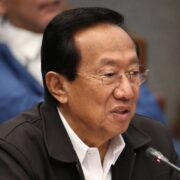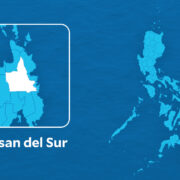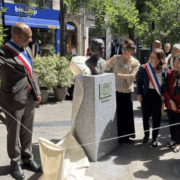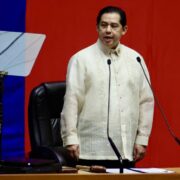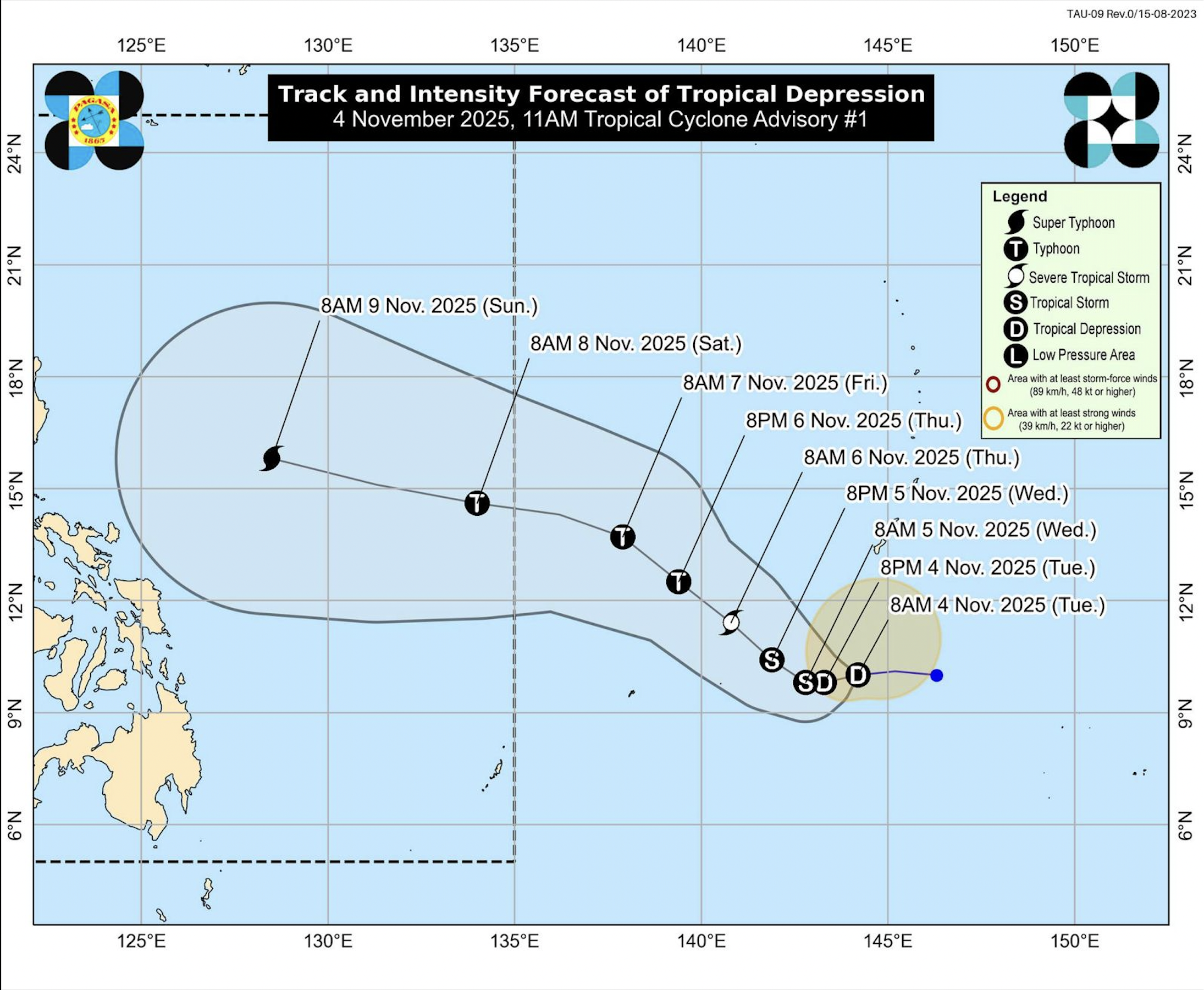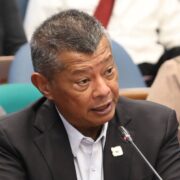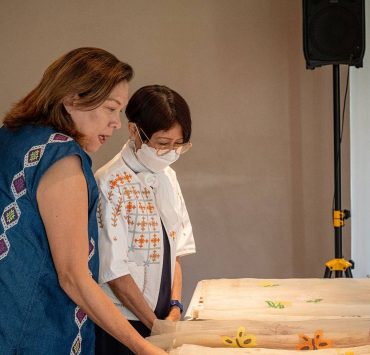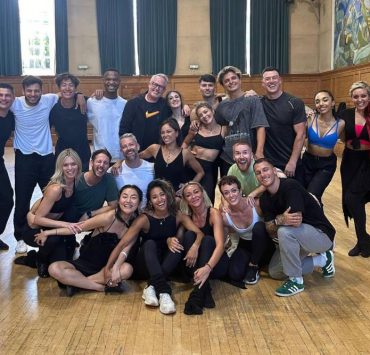‘Marahuyo Project’ director weighs in on true meaning of ‘pride’
The goal for the eight-episode series “Marahuyo Project,” set in a fictional backward island town, is for it to be seen by young audiences in the provinces who don’t have access to paid streaming platforms, said director JP Habac.
“Marahuyo Project” tells the story of King (Adrian Lindayag), an outspoken student who was sent to the island of Marahuyo to live with his mom and grandmother after getting in hot water with the dean of his college in Manila.
With the help of his childhood best friend Venice (Ian Villa), King takes it upon himself to create an LGBTQIA+ organization in his new campus. But before he can do this, he must first convince the traditional and conservative student council president, Ino (Neo France Garcia), who turns out to be a closeted gay person.
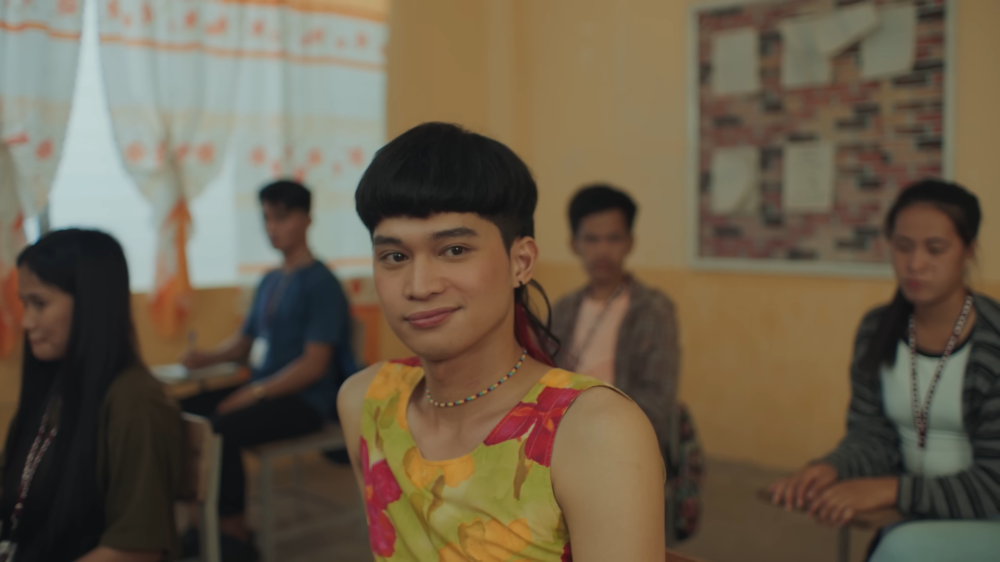
–ANIMA STUDIOS/ YOUTUBE
“I’m thankful that this series is being shown on YouTube, that people are able to watch it for free,” Habac told Inquirer Entertainment in a recent interview. “Aside from wanting for it to be seen by as many people as possible, the bigger hope is for the LGBTQIA+ community to learn from it.”
Political elements
Habac explained: “There are members, especially those in cities, who seem to have forgotten the real meaning of ‘pride.’ Yes, it’s a celebration of love, but more than this, it’s a protest. You will see this in ‘Marahuyo,’ with its in-your-face dialogue and political elements. This is why we hope to reach more people.”
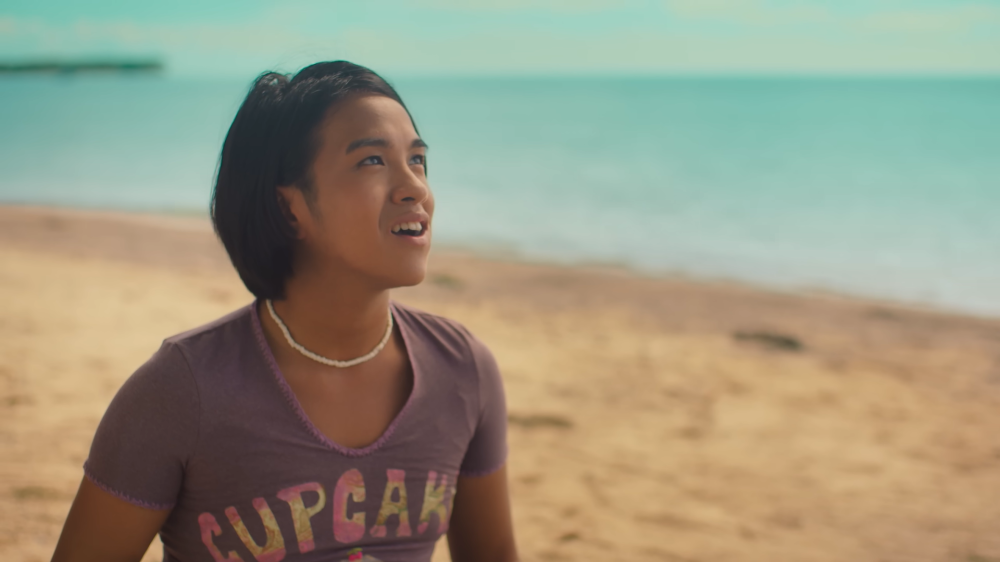
–ANIMA STUDIOS/ YOUTUBE
He added that when he released his BL (boys’ love) film “Gaya sa Pelikula” (GST) in 2020, its aim was to normalize romance between two guys. “I wanted to show the love story of two queer youths as if we were watching ‘Got to Believe’ in the cinemas. I thought maybe GST wasn’t enough, so what’s next? It was to express my protest through ‘Marahuyo,’” Habac pointed out.
Lindayag added that apart from the young audiences, he hoped for their parents to watch as well. “Whether you have a child who is part of the community, or you feel like you will become a parent to one, this is for you. Through ‘Marahuyo,’ you will be able to understand as a parent how to best deal with your queer child,” he said.
Villa, who plays King’s transwoman best friend in the series, said she hoped for the younger generation to watch the series to “open their minds.” She explained: “They are more progressive when it comes to exploring gender identity and expression. I guess it’s because, growing up, they have had access to materials like this one. ‘Marahuyo’ is good material for gender sensitivity programs in schools.”
Habac said he has also been reading different reactions uploaded on YouTube and Instagram. “I saw this particular reaction from a queer teenager, who said she was happy to have watched something she could show her future child. This made me cry and warmed my heart. This is the reason for this project.”
Source of comedy
Interestingly, when asked to talk about the journey they took to discover and understand who they really are, Adrian and Ian were also able to explain why they are so passionate about “Marahuyo Project.”
“I was born in the ’90s, so I grew up with very limited exposure to people like me in the media. Back then, gay people were mostly seen as a source of comedy onscreen. There were even fewer representations of lesbians and transgenders,” said Adrian.
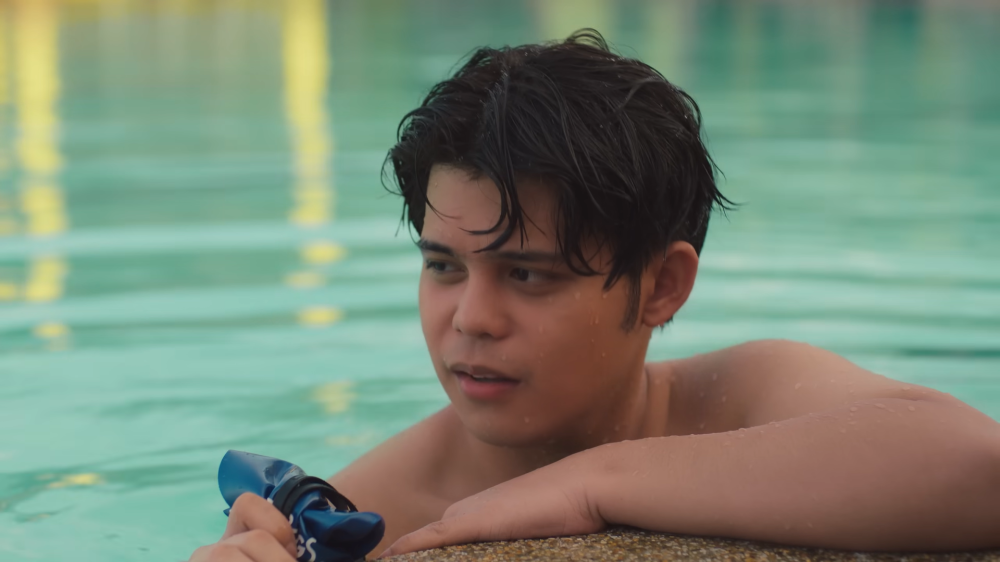
–ANIMA STUDIOS/ YOUTUBE
“I was raised in a Catholic household and my parents are heteronormative straight people. They could only teach me what they learned from their own parents. I cannot like Barbie dolls because I’m a boy. Pink cannot be my favorite color because it’s for girls. I was mocked because my school friends were all girls. I wasn’t only bullied in school, but also experienced systemic oppression at home. I only came out to my parents when I was in third year college.”
Adrian said that while his parents eventually “accepted” him, he wished he didn’t have to go through what he experienced when he was younger.
“Younger people are luckier because they have their BL series, and they now have ‘Marahuyo.’ There are a lot of materials made accessible to them that can help explain what they’re going through. This is why we’re doing this—to be the heroes to our 5-year-old selves,” Adrian pointed out.
Ian’s experience, however, was quite the opposite. “I have four male siblings. I grew up with a grandmother who wished for a granddaughter. My first toys were Barbie and Polly Pocket dolls. When my grandmother left for the United States, I returned to my family. We never talked about my identity or sexuality until recently. What I did in the series as Venice was not just a love letter to our community, but also to my family,” Ian said.
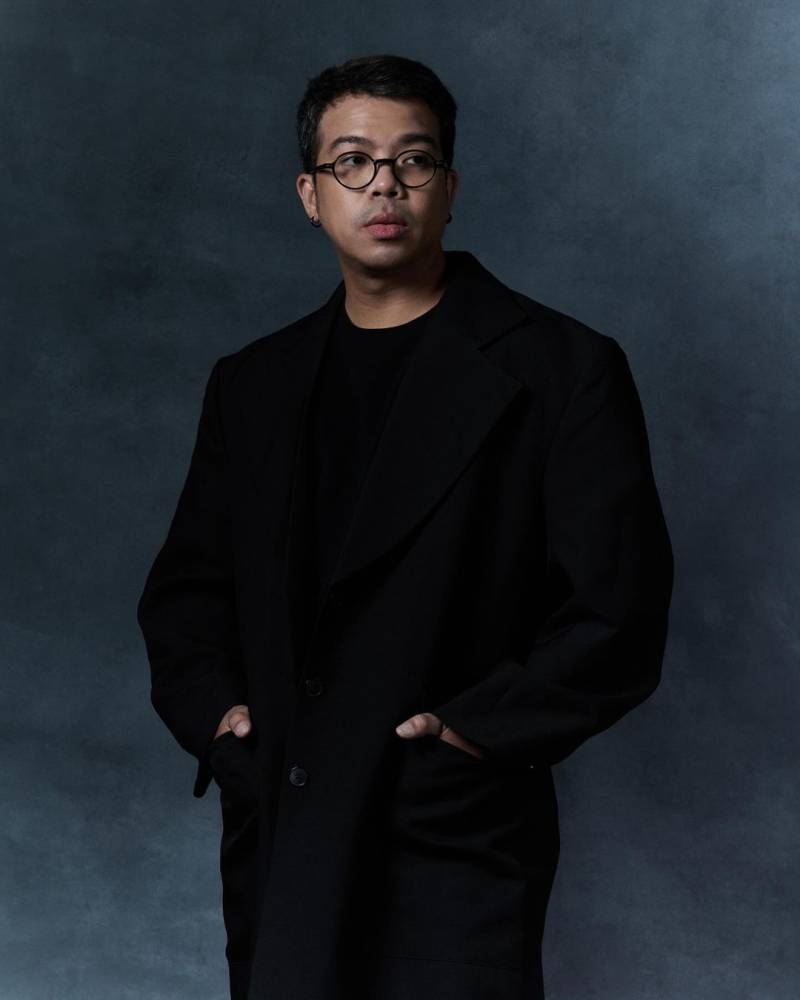
–JP HABAC/ INSTAGRAM
”I’m happy because I feel that I was already able to make them understand the full concept of who I am as a person. ‘Marahuyo’ became my way of making them know my identity as a nonbinary, genderfluid person.” she declared.
“Marahuyo Project” is Ian’s first acting gig—how he landed the role actually deserves another writeup. He had been working as assistant director or script supervisor for several film and TV projects prior to this.
“Being a queer person in the workplace is still a challenge because ours is still a male-dominated film industry. Speaking as an AD or script supervisor who is queer, I think it’s about time that we take up space in this profession, too.”
Watch “Marahuyo Project” on Anima Studios’ YouTube channel.



